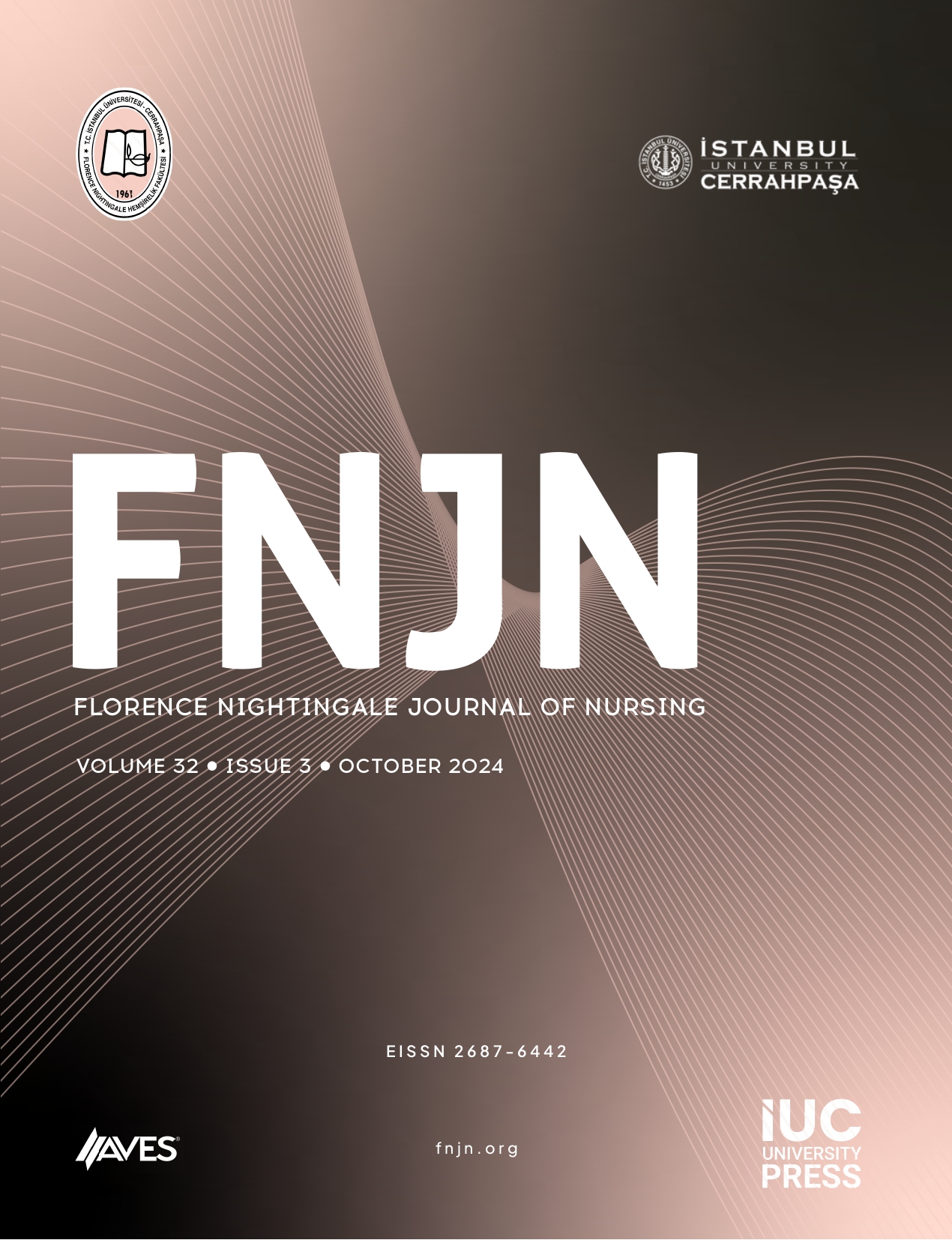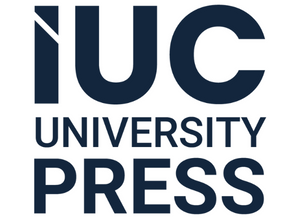The high rate of stroke disability necessitates extensive care during transitions between hospitals and homes. While many transitional care interventions have emerged, no explicit evidence illustrates the details of those combining or integrating eHealth. The aim of this scoping review was to comprehensively map the literature on eHealth technologies within transitional care interventions for stroke survivors and their caregivers. Studies were included if they focused on transitional care interventions that combined or integrated eHealth technologies for adult and elderly survivors of post-hyperacute stroke, as well as for caregivers aged 18 years and older. A systematic search was conducted from inception to August 2024 across eleven electronic databases, including PubMed, Embase, CINAHL, MEDLINE, Cochrane Central Register of Control Trials, Web of Science, APA PsychInfo, SCOPUS, MedNar, ProQuest Dissertations and Theses Global, and Google Scholar, with a focus on quantitative studies. Data were extracted using customized forms, categorizing study characteristics. Basic descriptive qualitative content analysis was employed for coding and classifying interventions, with results presented in a diagram, narrative summaries, and tables. Results from 4032 identified records yielded 42 eligible studies. Transitional care’s components included health education and psychoeducation, skill training, exercises for physical rehabilitation, psychological or resource support, and follow-up care. eHealth technologies were categorized into six types, with eleven specific features. Outcomes were classified into six domains for stroke survivors and five for caregivers. These findings can inform the key components of a transitional care intervention incorporating suitable eHealth technology for stroke survivors and their caregivers, delivered by a multidisciplinary team.
Cite this article as: Lumprom, O., Kritpracha, C., Kocakabak, C., & Latour, J. M. (2025). eHealth technologies in transitional care interventions for stroke survivors and caregivers: a scoping review. Florence Nightingale Journal of Nursing, 33, 0274, doi:10.5152/FNJN.2025.24274.




.png)
.png)